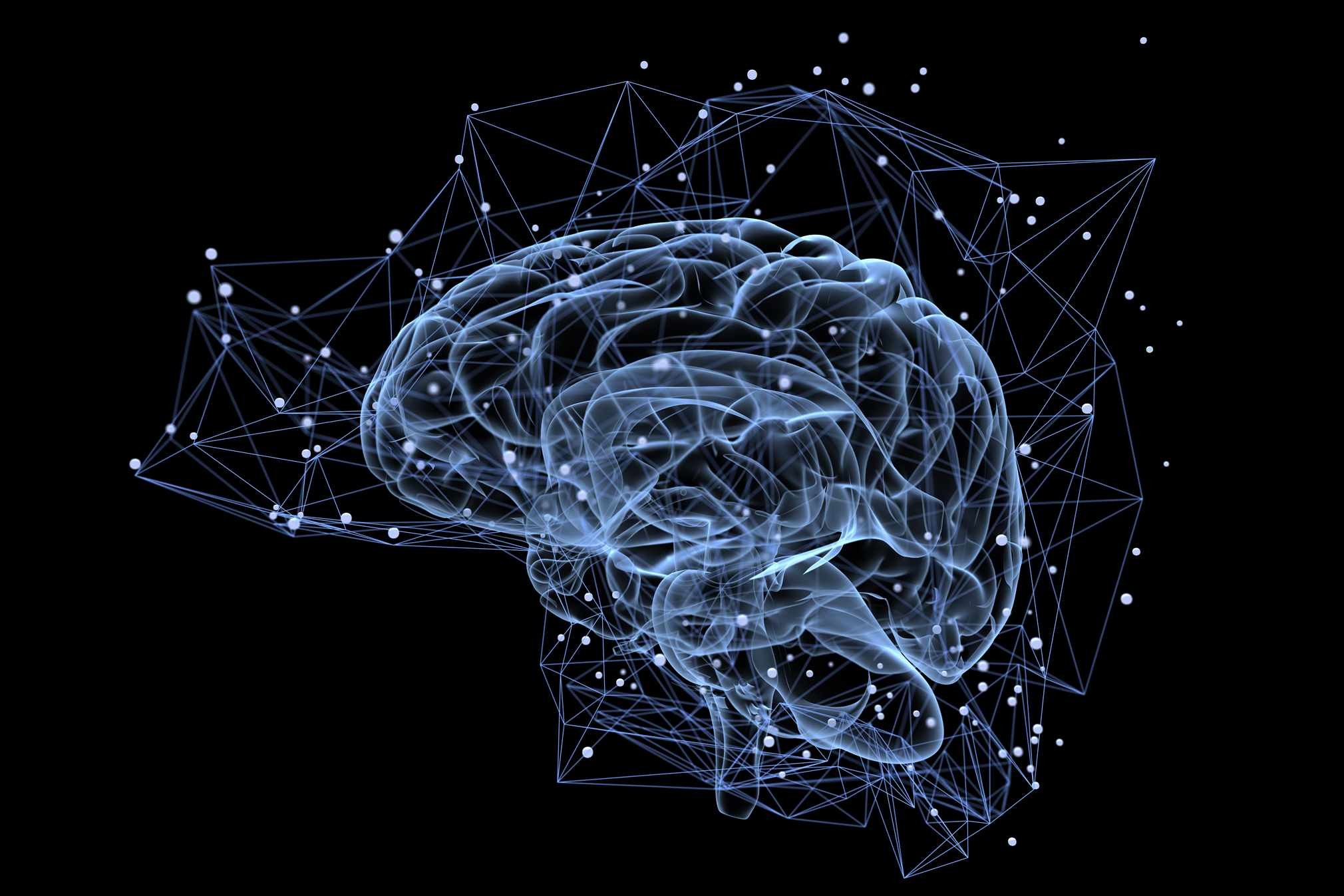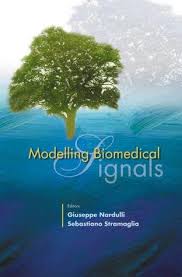In high-energy physics, Nardulli has investigated deep-inelastic scattering processes, meson spectroscopy, hyperon decays, proposing ways of determining fundamental parameters of the Standard Model, as e.g. quark masses. His collaborations with Raoul Gatto in Geneva, Roberto Casalbuoni in Florence and Ferruccio Feruglio in Padua, produced many relevant results concerning hadronic systems with heavy quarks.
Heavy Quark Physics
He has contributed to the development of Chiral Heavy Quark Effective Theory, characterized by effective lagrangians based on the simultaneous use of heavy quark symmetries and chiral symmetry.
This model is able to describe a large number of processes involving hadrons containing a beauty quark, which are relevant for experiments at LHC and B-factories.
QCD sum rules have been applied to the analysis of heavy hadron or light quark properties. Rare B decays, methods for the determination of the angles α and γ of the unitarity triangle, quark spectroscopy, quarkonium systems studied by potential models, physics with polarized hadron beams have also been investigated.
High Density QCD
He also studied the QCD phase diagram at high quark densities, and was one of the leading experts on the inhomogeneous superconductive phases. When baryon density reaches some critical values, nuclear matter undergoes transitions to phases with peculiar features. Nardulli has determined under which conditions of quark density and mass nuclear matter can form cristalline structures with peculiar spatial symmetries. These conditions are realized e.g. in astrophysical systems, as the core of a neutron star.
The use of effective lagrangians for the study of QCD in the color superconductive state, inhomogeneous color superconductivity, the properties of the crystalline color superconductivity phase, astrophysical implications of the high density - low temperature phase, gapless color superconductivity are the main topcis covered in this field.





